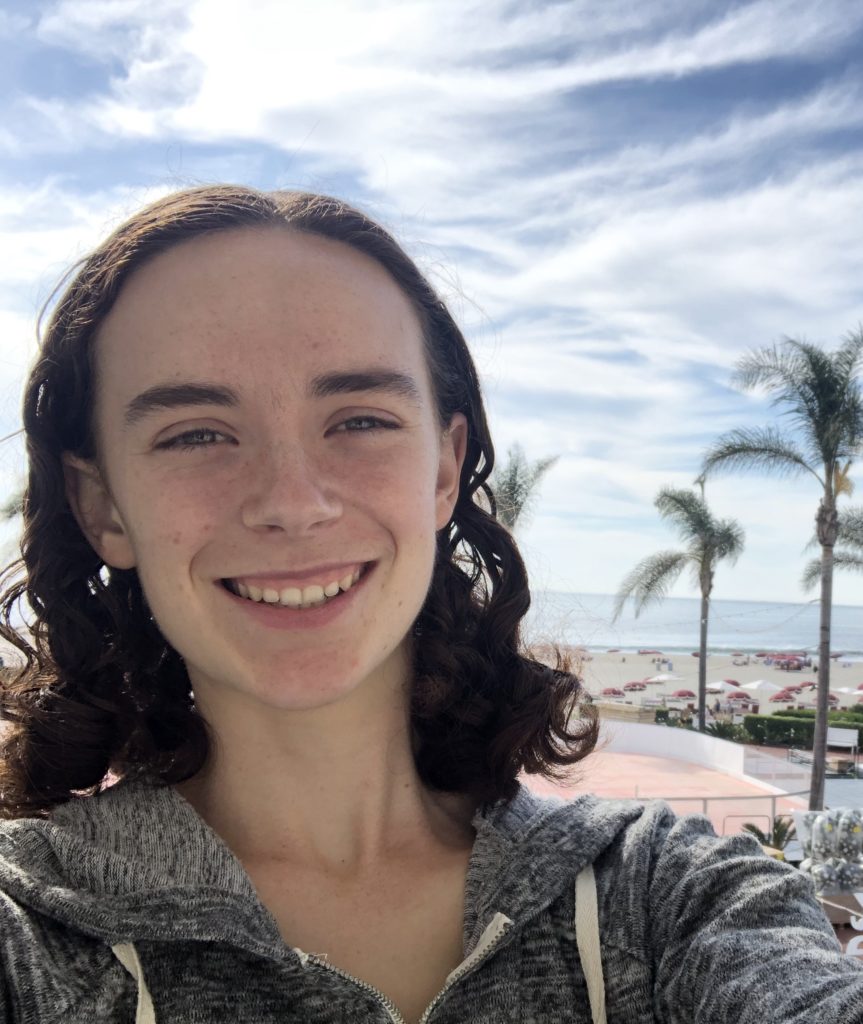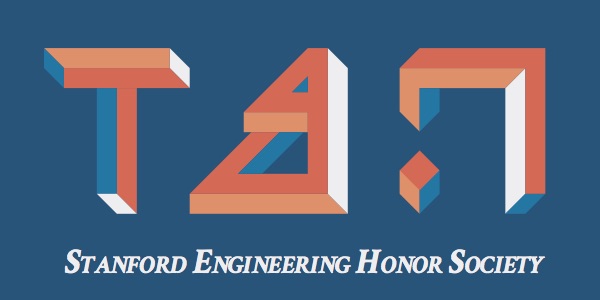By Juliette Love, Junior, Computer Science
I’m a junior studying Computer Science, focused on addressing interesting questions with data analysis, machine learning, and visualization. In my free time, I love to play squash, explore nature, bake, and read good books.

Why did you choose to be an engineer?
I chose to study Computer Science because it has the potential to connect and enhance so many different disciplines.
Throughout my first year and a half or so at Stanford, I found myself constantly questioning the way I was allocating my time. I had so many commitments pulling in different directions—academics, athletics, clubs, friends, personal explorations—and I had no idea which of them deserved the most attention. It wasn’t clear to me which experiences would end up most valuable, especially because I had no idea what I wanted to do after college.
My personal projects were one of those commitments to which I wanted to allocate more time. Since high school, I’ve undertaken many projects aimed at examining and answering questions I find interesting, often through data analysis, mapmaking, and data visualization. These projects have ranged from developing a space-filling algorithm to display geographic data to analyzing statistics from various sports to visualizing the evolution of modern art.
It was through these projects that I was introduced to the field of Computer Science. I realized in my junior year of high school that I needed new skills and tools to take these projects to a deeper and more sophisticated level. I began teaching myself programming, starting with creating simple scatterplots to eventually learning how to implement machine learning algorithms, create dynamic and interactive visualizations, and collect and process data efficiently. Each new question I had required new skills to answer it, so over time I grew my computer science knowledge around topics of interest to me.
However, in my first year at Stanford, I didn’t know to what degree these projects were worth pursuing. Although they had always brought me joy, the benefits I gained from them were pretty intangible. Most of what I had created lived only on my portfolio website, where I blog about and display my findings to what I’m sure is a very limited audience.
I’m a very visual thinker and love sharing my results, so nearly all of my projects have a visualization component of some kind. The New York Times’ visual journalism had always been a source of inspiration for this facet of my projects—I love their data-oriented pieces and their elegant yet effective graphical style. When one of the journalists from the Upshot (the Times’ analytical journalism desk) came to speak at Stanford, I showed him my website with all of my projects. A few months later, I was starting an internship on the Times’ Graphics desk.
Getting the opportunity to work at Times validated the personal projects I had been spending so much of my free time on over the past years. Through the projects I worked on and the people I met, the experience expanded my mind in ways I could never have imagined.
Ever since then, I’ve let go of my fears about allocating my time in the best possible way. Instead, I’ve gone back to what I have always done and chosen to undertake things that are personally rewarding. It’s sometimes difficult to look around you at all of Stanford’s high achievers and be confident that what you are doing is worthwhile. So, whenever I’m asked for advice, the (corny but honest) answer that I always give is to follow your passions. It’s a great feeling when that effort is validated, but in the meantime, it’s worth doing for personal fulfillment and for what you learn along the way.
